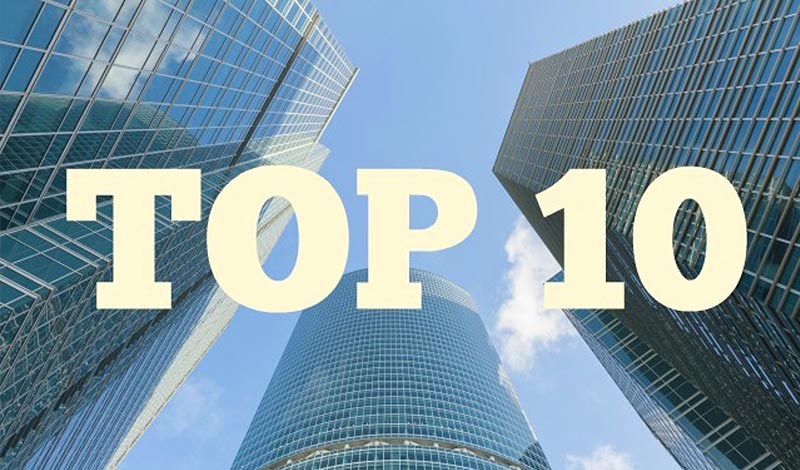High-efficiency technologies can’t save energy if they aren’t used. The U.S. Department of Energy (DOE) has identified promising but underutilized devices and ranked them by their potential to save energy. The top 10 are listed below. By implementing these technologies, you can follow the example of the most innovative organizations and reduce your energy costs.
- Task lighting allows you to decrease overhead lighting and reduce overall lighting energy consumption by 15% to 25% when used strategically. Adding controls provides the potential for even more savings.
- Hybrid condensing boilers are equipped with enhanced heat exchangers that extract heat energy from exhaust gases to increase combustion efficiency by 10% or more. A tankless unit is mated with a storage tank unit to increase the first-hour rating while reducing standby losses. These boilers work well with hot water systems operating at lower temperatures.
- Connected and smart thermostats give you remote control over your heating and cooling systems from a computer or mobile device. Some models can program themselves based on occupancy sensing and outside data, such as outdoor air temperatures and real-time electricity pricing.
- High volume low-speed fans destratify the air, providing cooling airflow in the summer and circulation of hot air down to floor level in the winter. Turbine type fans are another option.
- High R-value windows feature triple panes, spectrally selective coatings and thermal breaks that reduce thermal loss and solar heat gain, which can save on heating and cooling costs.
- Aerosol duct sealant can reduce energy losses and save time by sealing the entire duct system using an automated process. When applied in a number of U.S. Naval facilities, the energy savings ranged from 7% to 50%.
- LED lighting controls stack up savings on top of savings from more efficient fixtures and lamps. The DALI-2 communications protocol and Power-over-Ethernet (PoE) power and data cabling systems make it easier to install and control lighting and gather operating data.
- Smart outlets connect directly to your Wi-Fi network, giving you one always-on receptacle and one that you can control remotely from a mobile device. Each receptacle has a built-in energy meter. Plugged-in devices can be controlled manually by schedules, or by motion or daylight sensors.
- Multi-functional light fixtures are expanding. Some fixtures integrate sound-deadening materials with LED light engines to improve room acoustics. Air purifiers have circadian lighting built into the top. LED lighting is used in smart fans which change speed depending on room temperature.
- Magnetic bearing HVAC compressors with integrated variable frequency drive control and optimized for use with low global warming potential refrigerant have excellent part-load efficiency. That saves energy because chillers operate at part-load most of the time. Demonstrations by the Navy Technology Program showed cooling energy savings of 40% to 60%.
See the ENERGY STAR Building Upgrade Manual for more innovative ideas on how you can improve the energy efficiency of your facility.
